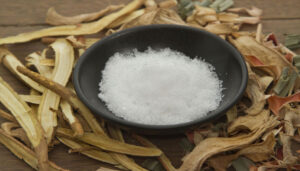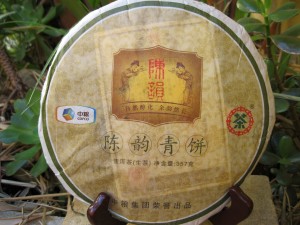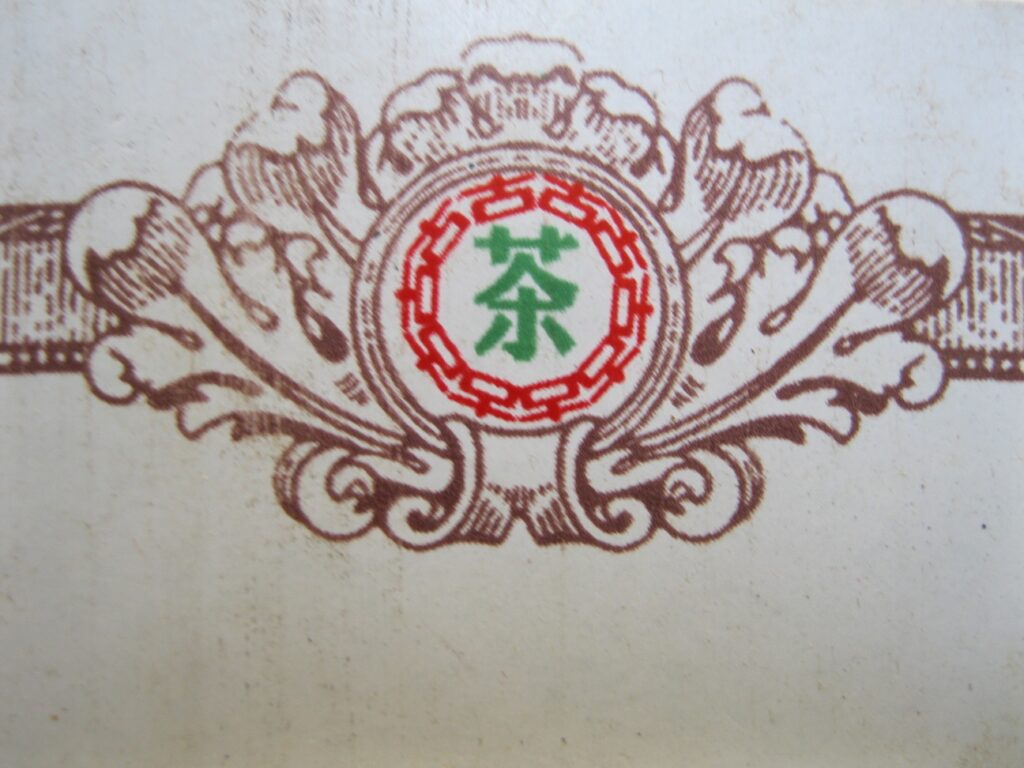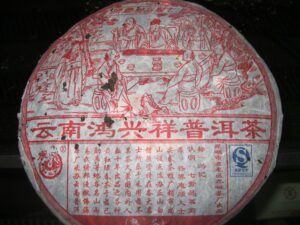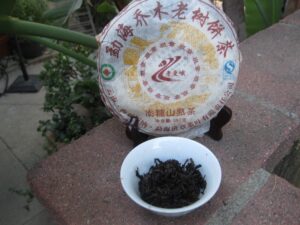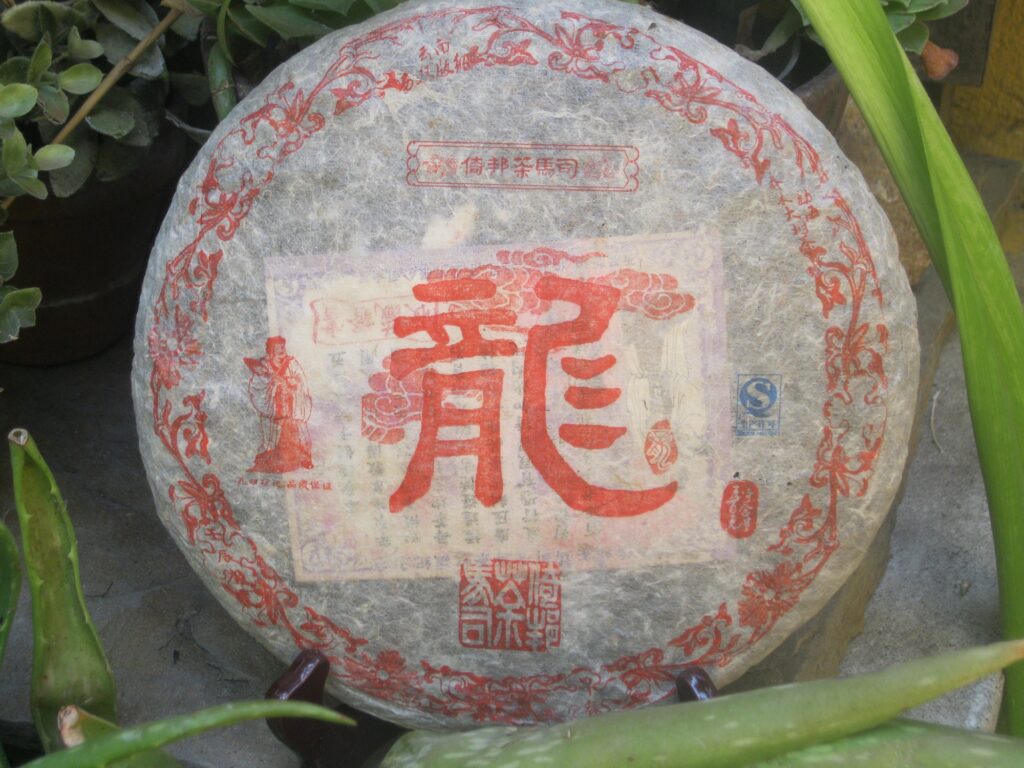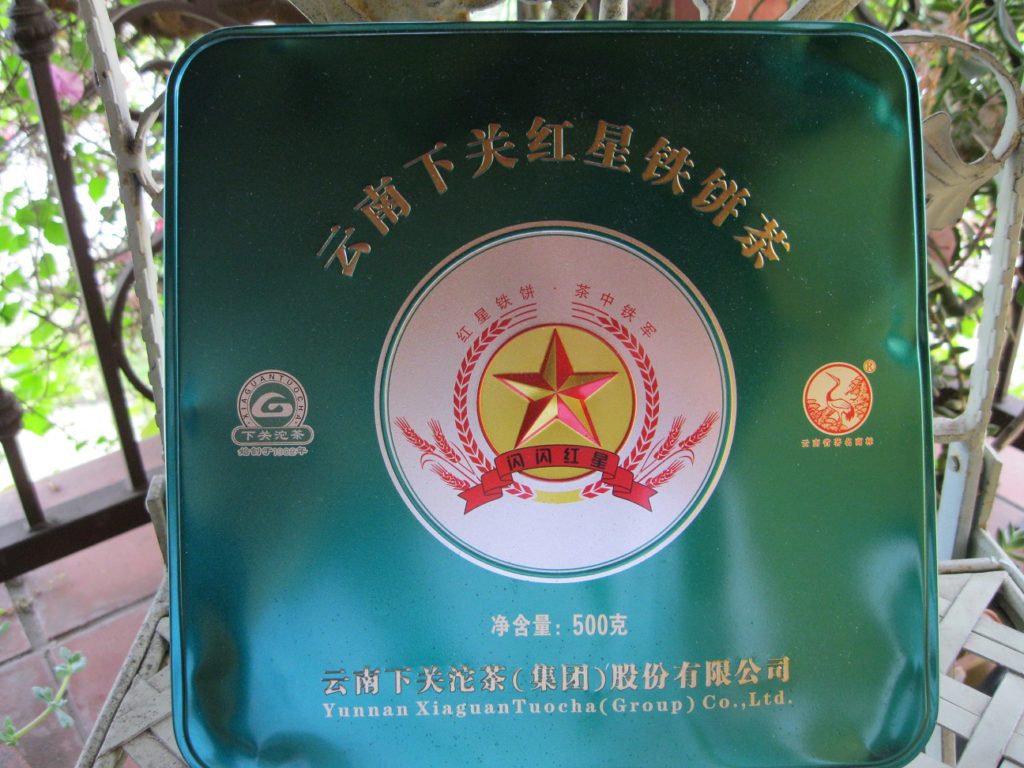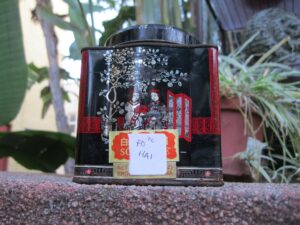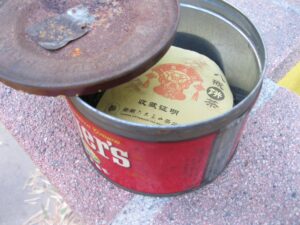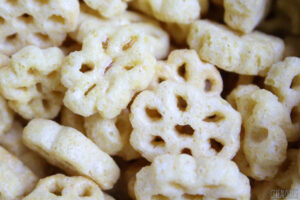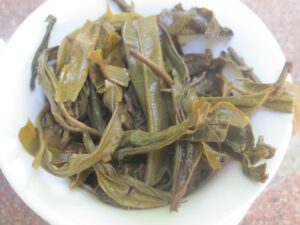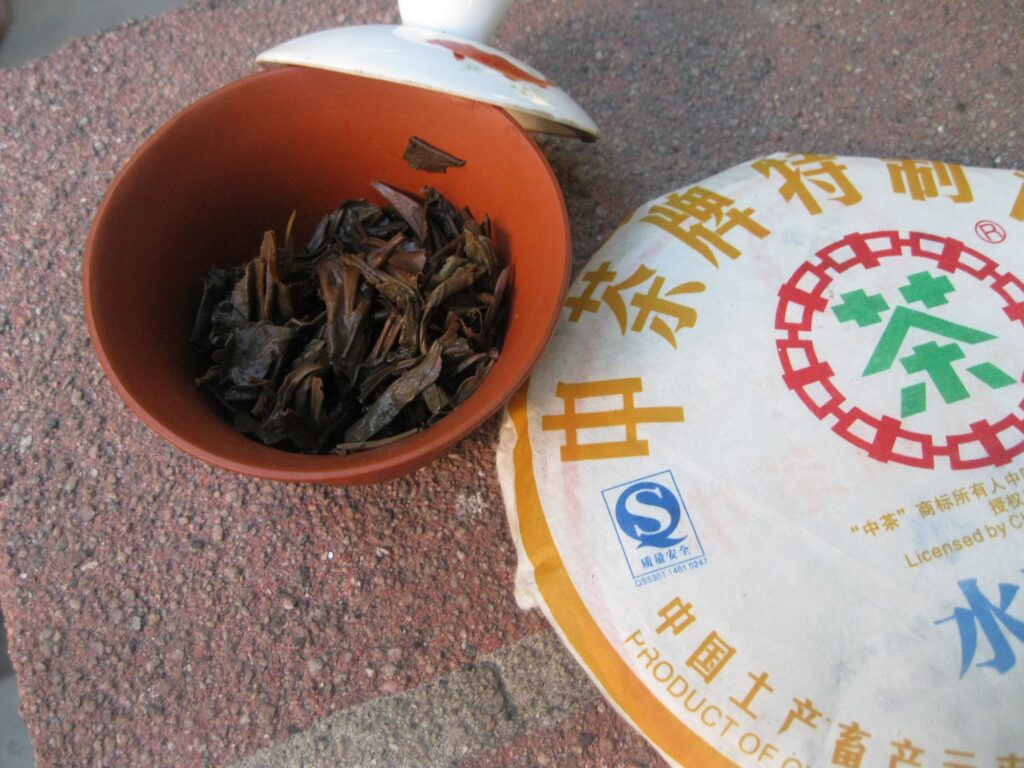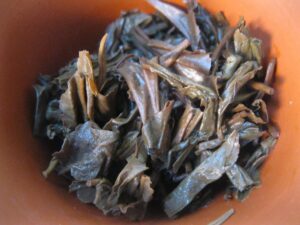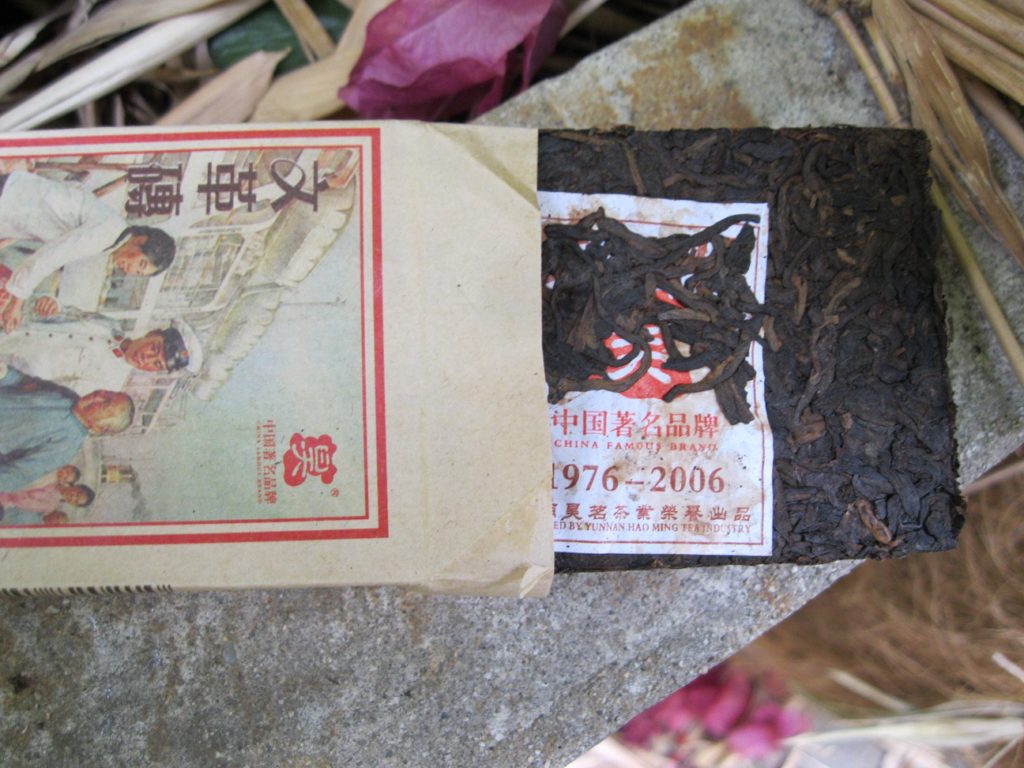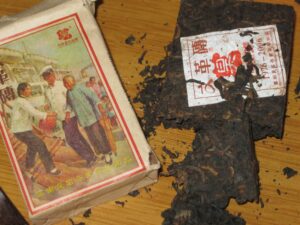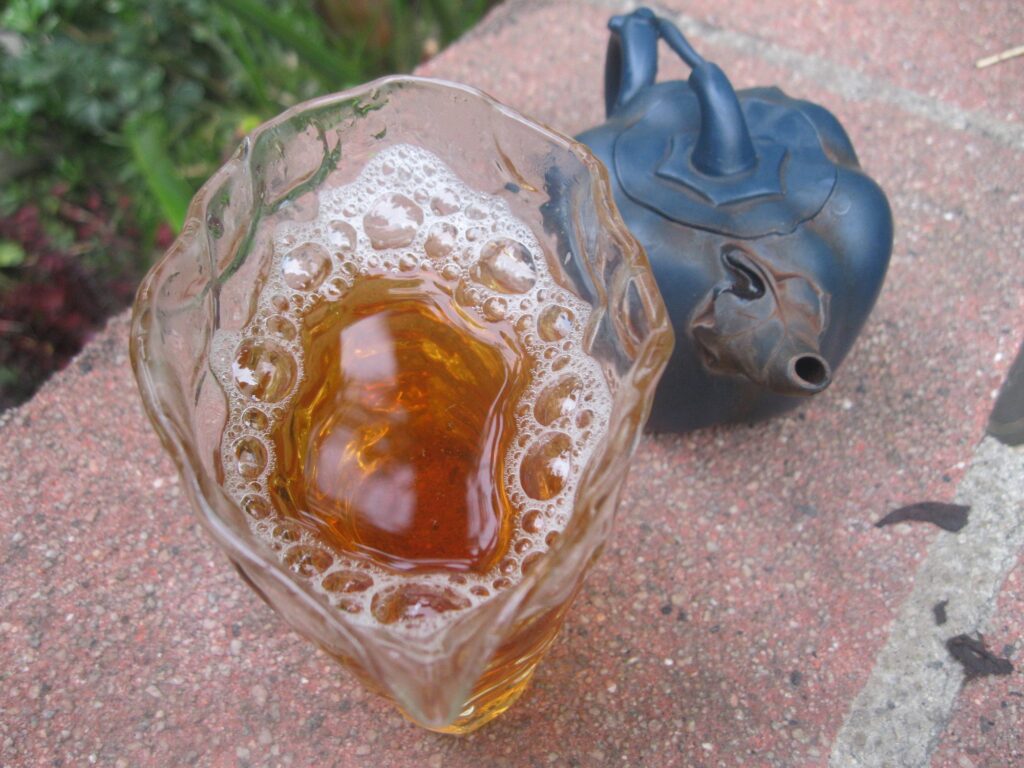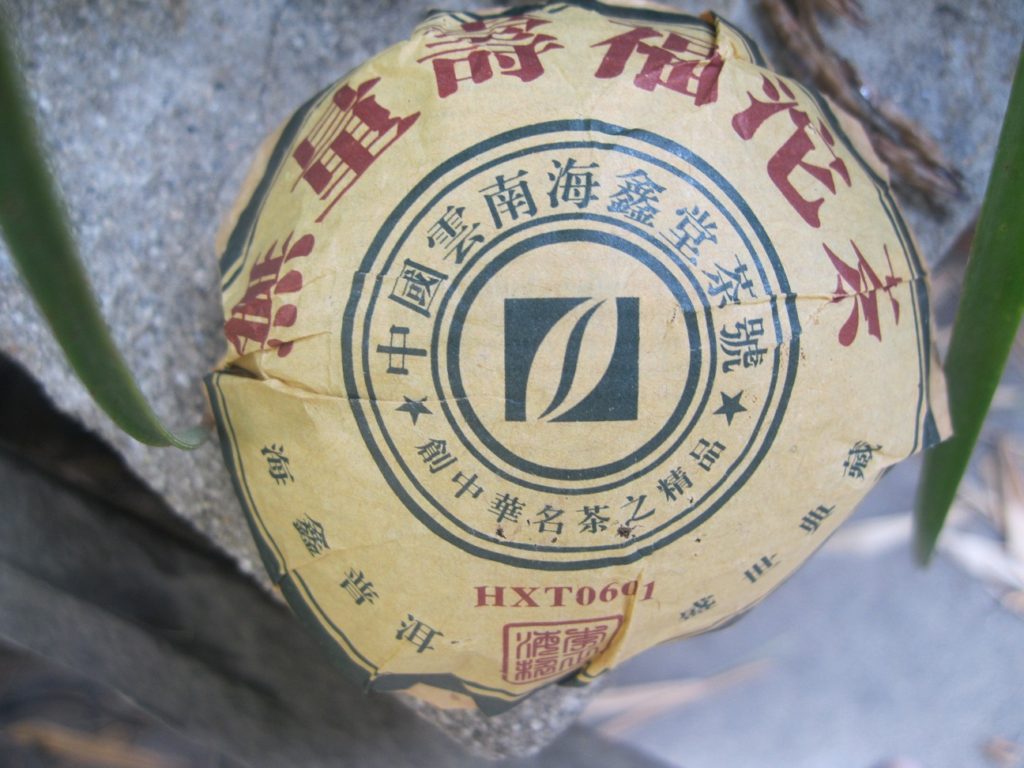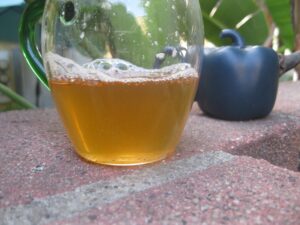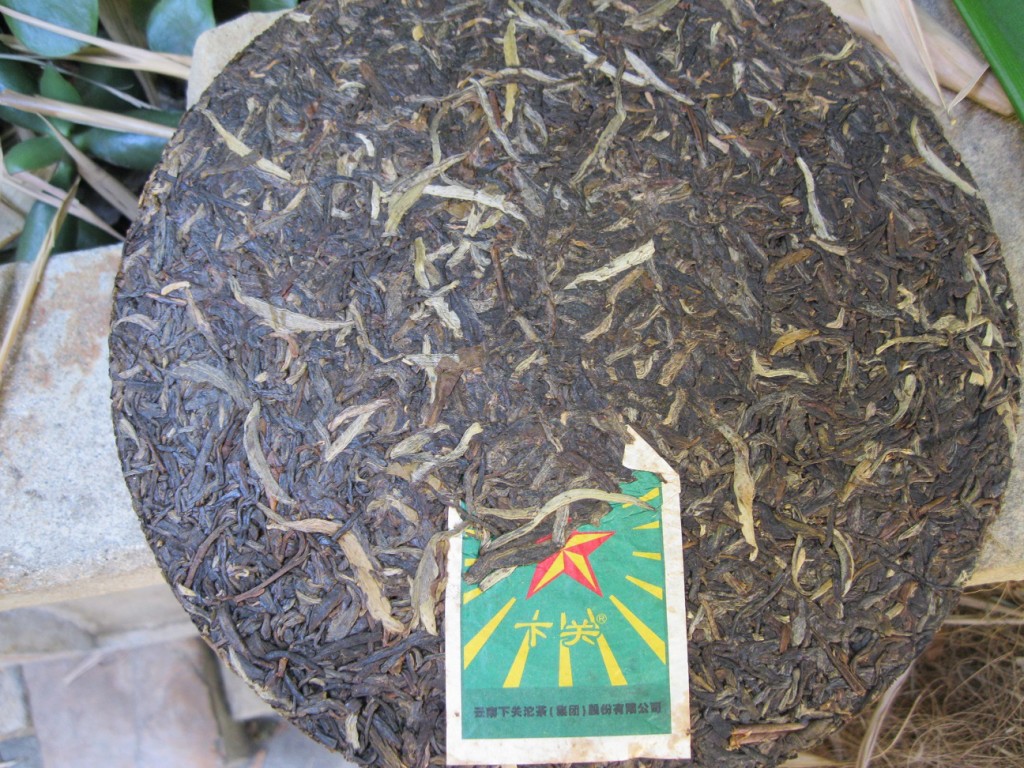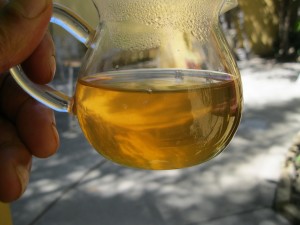Puerh Junkosophy: Camphor
Some will undoubtedly question whether camphor is truly a subject for Puerh Junkosophy. Such concerns are warranted, but the Puerh Junky has noticed a prevailing confusion about camphor and so some measure of junkosophy is necessary.
There are complex chemo descriptions for camphor that prove utterly elusive to a simple junky like myself. Camphor is simply a sensation. This sensation can appear in the aroma and taste but it is primarily an aromatic sensation. Just as chilies impart a sensation that unifies varying types of chilies by their shape and sensation of heat, so too does camphor unify varying profiles by the sensation of cooling.
When but a lad my mother would rub Vicks Vaporub on my chest when I came down with something. Vicks is camphor. If you don’t know Vicks, then peppermint also qualifies. I know that chemically camphor and menthol differ but the cooling effect is the same. Camphor is also present in freshly ground cardamom. Some others are eucalyptus, tea tree, and pine. Camphor is that fresca, chilly feeling.
Interestingly, in Chinese medicine camphor is considered so hot it’s cold. Technically, the camphor you buy as a bug repellant comes from cinnamon. It’s the crystalized form, a “crackification” of the cinnamon bark. It’s more pure than frankincense, which also possesses some camphor compounds though in a less concentrated form. That faint thrilling aspect of chrysanthemum is also camphor. Now let’s talk about camphor in terms of puerh.
Puerh and Camphor
There’s a book that I caught wind of documenting over 100 camphor attributes in puerh. In sum, every taste or close to it is a type of camphor. However, such a declaration clearly only muddies the water.
First, it should be remarked that certifiable medicinal camphor notes express more resolutely in productions with some years under their belt. This is not to say that camphor is absent in young productions. Tips, for example, tend to be aggressively camphorous but are of a less medicinal and more minty quality. This tippy camphor pop may just be a stage in development. For example, a tinned version of Mangosteen developed an explosive camphor sensation at one stage before transitioning into a creamy, fruity, citric acidy creation.
Raw camphor notes are familiar to most puerh drinkers. The bright finish of tippy productions is exemplary of floral camphor. The Jingmai “003” is a case in point, so are the Rat tuo and the LME Spring. Here, the camphor is a zing that strikes like a whistle, hands down the most popular variety of puerh.
A more obvious expression of camphor resides further down the register. Here, tastes are often referred to as medicinal, like cough drops. For this to emerge the camphor notes age along the backdrop of the raw material to sound a crystal note. Again, the note is impossible to distinguish from menthol because the effect is essentially the same. The king of medicinal in the Puerh Junky collection is Quincy, the name taken from the TV show.
Incense, pencil shavings, and to a lesser degree wood evocations are shades of camphor less associated with camphor. Incense is made from wood or wood sap. Similarly, incense, petrol, pencil shavings aren’t going to manifest till the raw material gets more woody. More dry-stored puerhs of this variety can take on perfume and talcum properties, while the slightly wetter-stored and older exhibit sandalwood and other bark type fragrances. A nice representation of of the former profile is Grenouille, possessing a light incense expression and the jaw-droppingly precocious Jade Rabbit, which has a lot of gasoline going for it.
Root beer is also a camphor expression, particularly raw puerh. Root beer, the beverage, is a complex recipe containing more than just sasparilla. Vanilla, ginger, even star anise also contribute. This is the melange of nuance in the delightful root beer puerhs. Examples include, Thick Zen, Vanilla Palace, and Poison. These are easily the favs for the Puerh Junky.
Closing Remarks on Puerh and Camphor
Camphor is a familiar sensation that in the context of puerh has two connotations. One is nothing short of minty medicine, like Vick’s Vaporub or the inhaler. The second refers to a broad range of flavor expressions, evident in both raw and ripe puerh. Attention has been directed solely to raws in this communication as the nuances are more stark in raws than ripes. Floral, graphite, petrol, and root beer are all unique camphor profiles, some associated less with camphor than others. On the whole, camphor is as much a sensation as a taste. This sensation and aroma is cooling, refreshing, and expansive. Let the Puerh Junkosophy conclude here.


